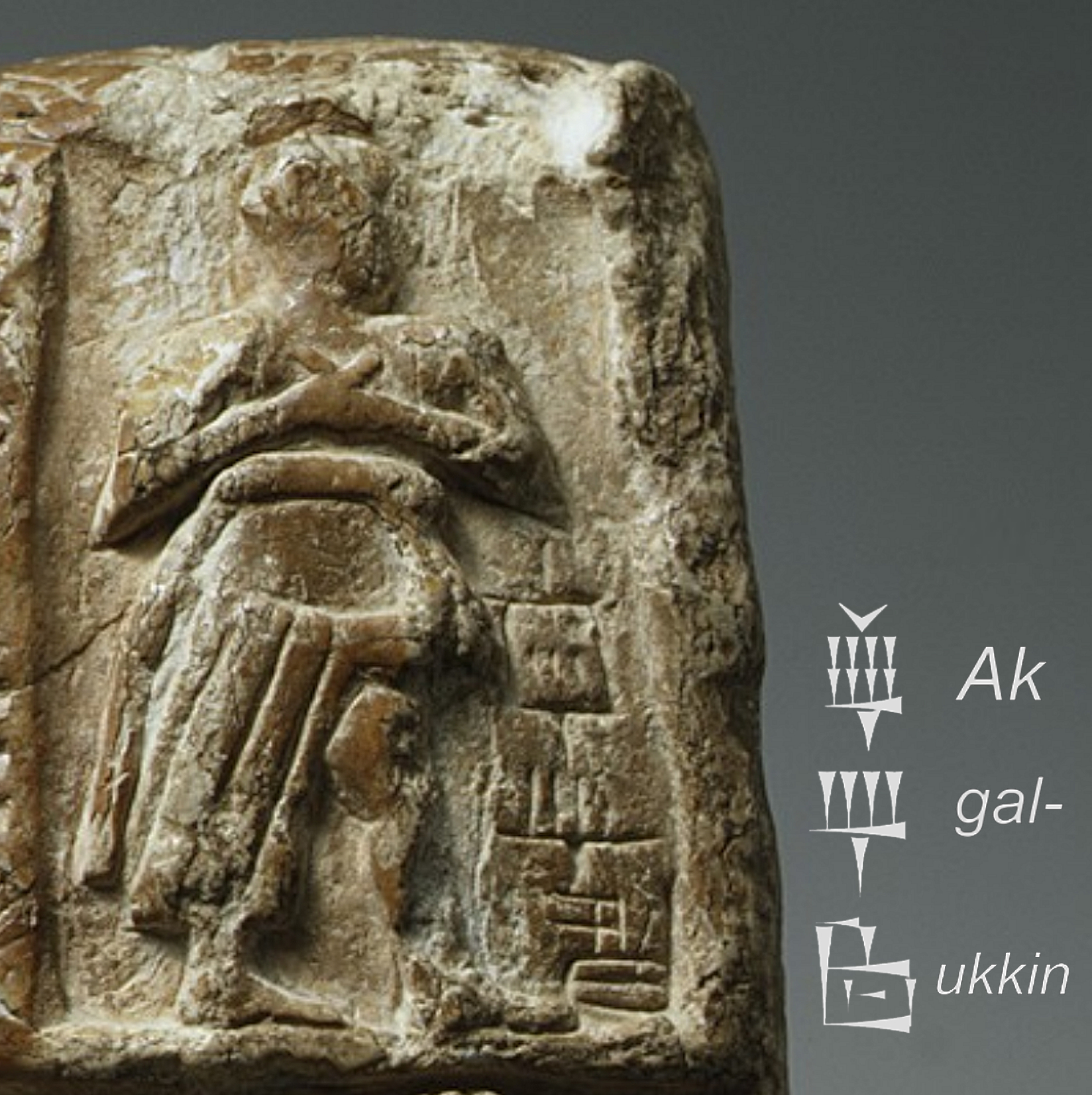Pankus on:
[Wikipedia]
[Google]
[Amazon]
 Ukkin (UKKIN) is the Sumerian word or symbol for assembly,
Ukkin (UKKIN) is the Sumerian word or symbol for assembly,
 Ukkin (UKKIN) is the Sumerian word or symbol for assembly,
Ukkin (UKKIN) is the Sumerian word or symbol for assembly, temple
A temple (from the Latin ) is a place of worship, a building used for spiritual rituals and activities such as prayer and sacrifice. By convention, the specially built places of worship of some religions are commonly called "temples" in Engli ...
council or Divine council
A Divine Council is an assembly of a number of deities over which a higher-level one presides.
Historical setting
The concept of a divine assembly (or council) is attested in the archaic Sumerian, Akkadian, Old Babylonian, Ancient Egyptian ...
, written ideographically with the cuneiform
Cuneiform is a Logogram, logo-Syllabary, syllabic writing system that was used to write several languages of the Ancient Near East. The script was in active use from the early Bronze Age until the beginning of the Common Era. Cuneiform script ...
sign 𒌺 (Borger 2003 nr. 73, encoded by Unicode
Unicode or ''The Unicode Standard'' or TUS is a character encoding standard maintained by the Unicode Consortium designed to support the use of text in all of the world's writing systems that can be digitized. Version 16.0 defines 154,998 Char ...
at code point U+1233A).
In Akkadian it is transliterated as Puḫru or Puḫrum and was used in the context of "public assembly", of both Gods and people with the ultimate meaning of a "totality" of living things. A council of the gods specifically is referred to in Akkadian as Puḫru Ilani or Puḫur Ilani. The word was later adopted into Aramaic
Aramaic (; ) is a Northwest Semitic language that originated in the ancient region of Syria and quickly spread to Mesopotamia, the southern Levant, Sinai, southeastern Anatolia, and Eastern Arabia, where it has been continually written a ...
. In Hittite language
Hittite (, or ), also known as Nesite (Nešite/Neshite, Nessite), is an extinct Indo-European language that was spoken by the Hittites, a people of Bronze Age Anatolia who created an empire centred on Hattusa, as well as parts of the northern ...
it is transliterated as Pankuš or Tuyila. In the Hellenistic
In classical antiquity, the Hellenistic period covers the time in Greek history after Classical Greece, between the death of Alexander the Great in 323 BC and the death of Cleopatra VII in 30 BC, which was followed by the ascendancy of the R ...
era the word Kiništu was used and it found an equivalent in the word Qāhāl in other ancient languages.
H. Zimmern noted that the Babylonia
Babylonia (; , ) was an Ancient history, ancient Akkadian language, Akkadian-speaking state and cultural area based in the city of Babylon in central-southern Mesopotamia (present-day Iraq and parts of Kuwait, Syria and Iran). It emerged as a ...
n New Year feast was also called puhru and connected this with the modern day Jewish holiday of Purim
Purim (; , ) is a Jewish holidays, Jewish holiday that commemorates the saving of the Jews, Jewish people from Genocide, annihilation at the hands of an official of the Achaemenid Empire named Haman, as it is recounted in the Book of Esther (u ...
.
References
Mesopotamian deities Sumerian words and phrases Mesopotamian mythology Cuneiform determinatives {{Cuneiform-stub